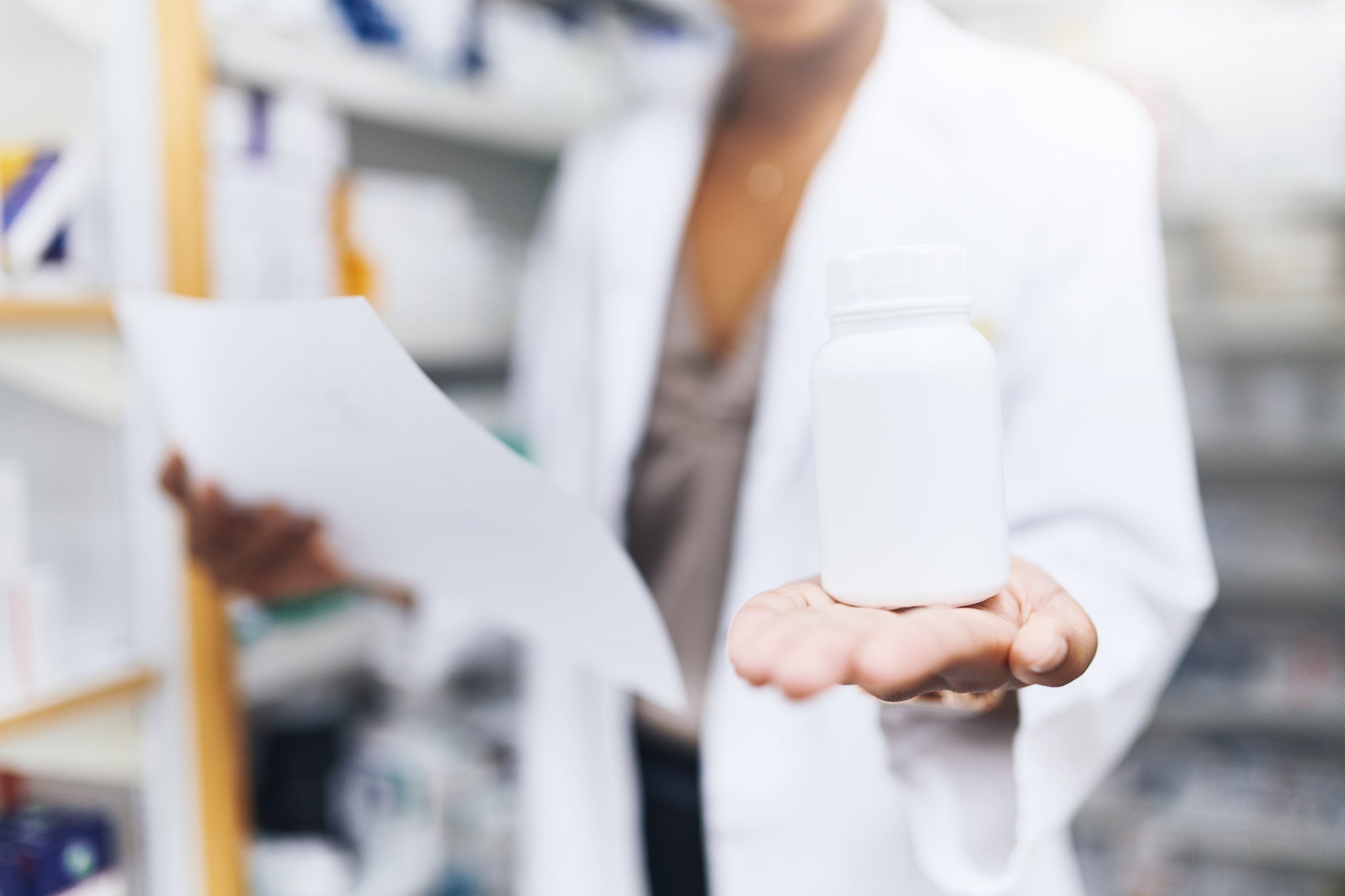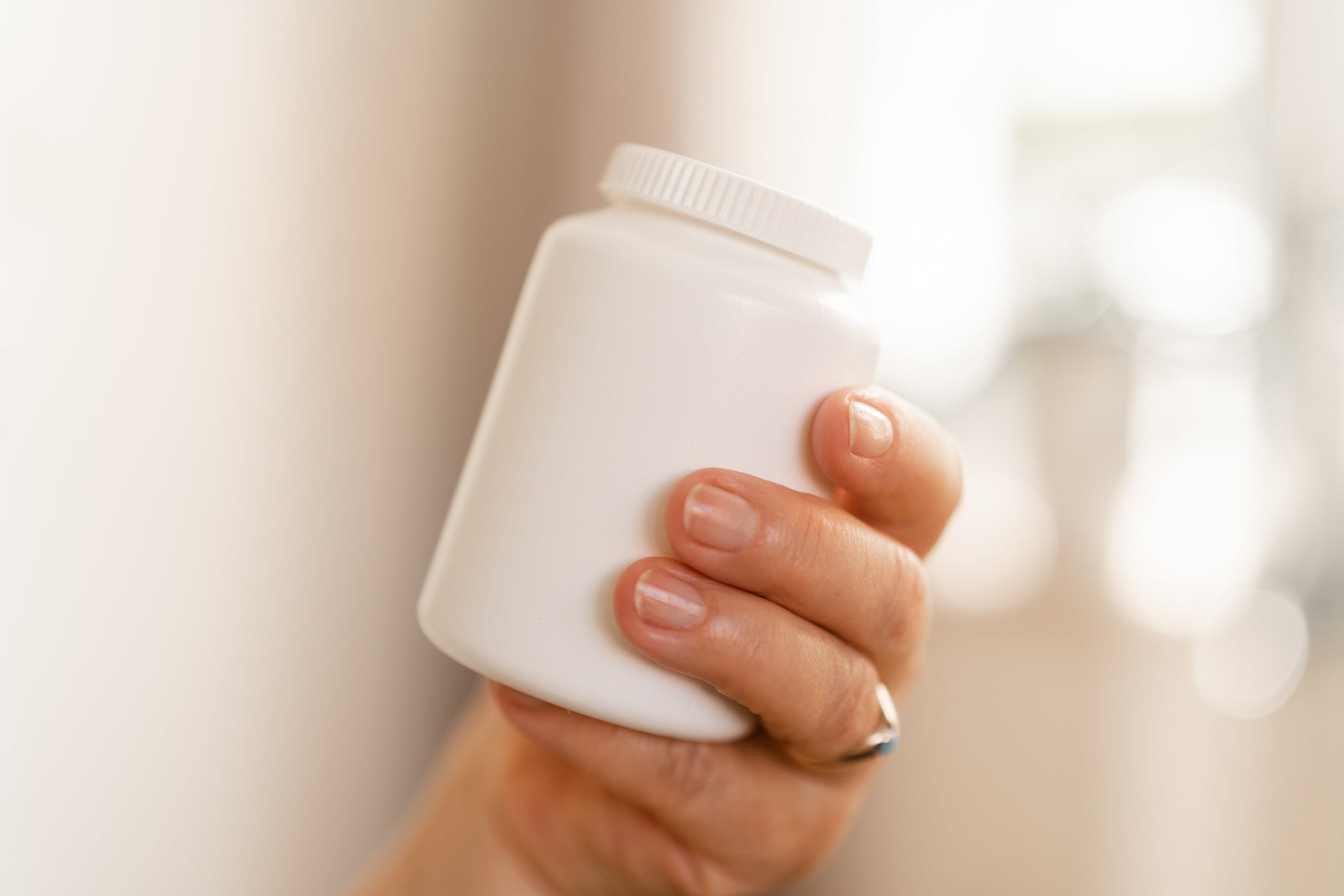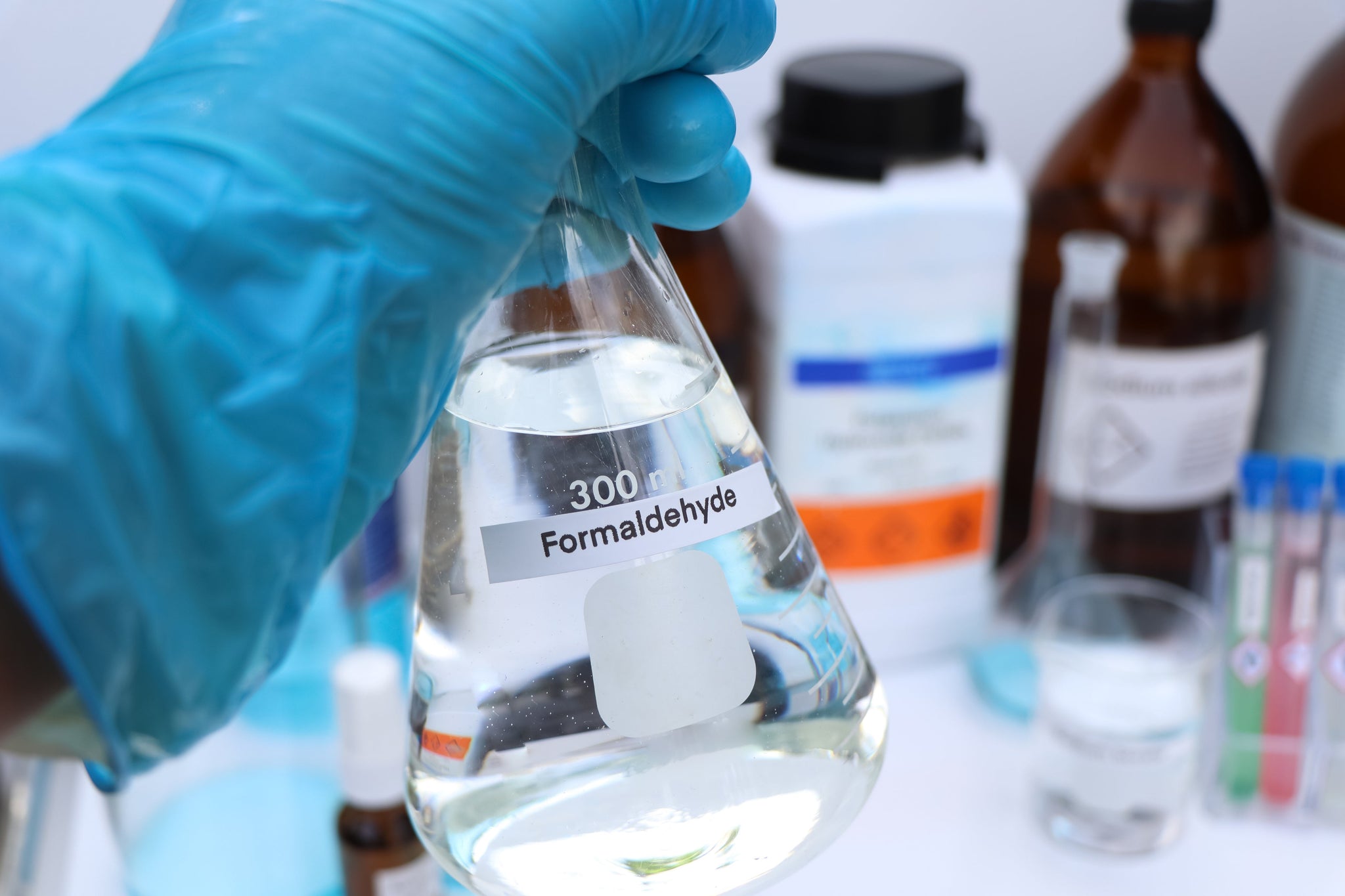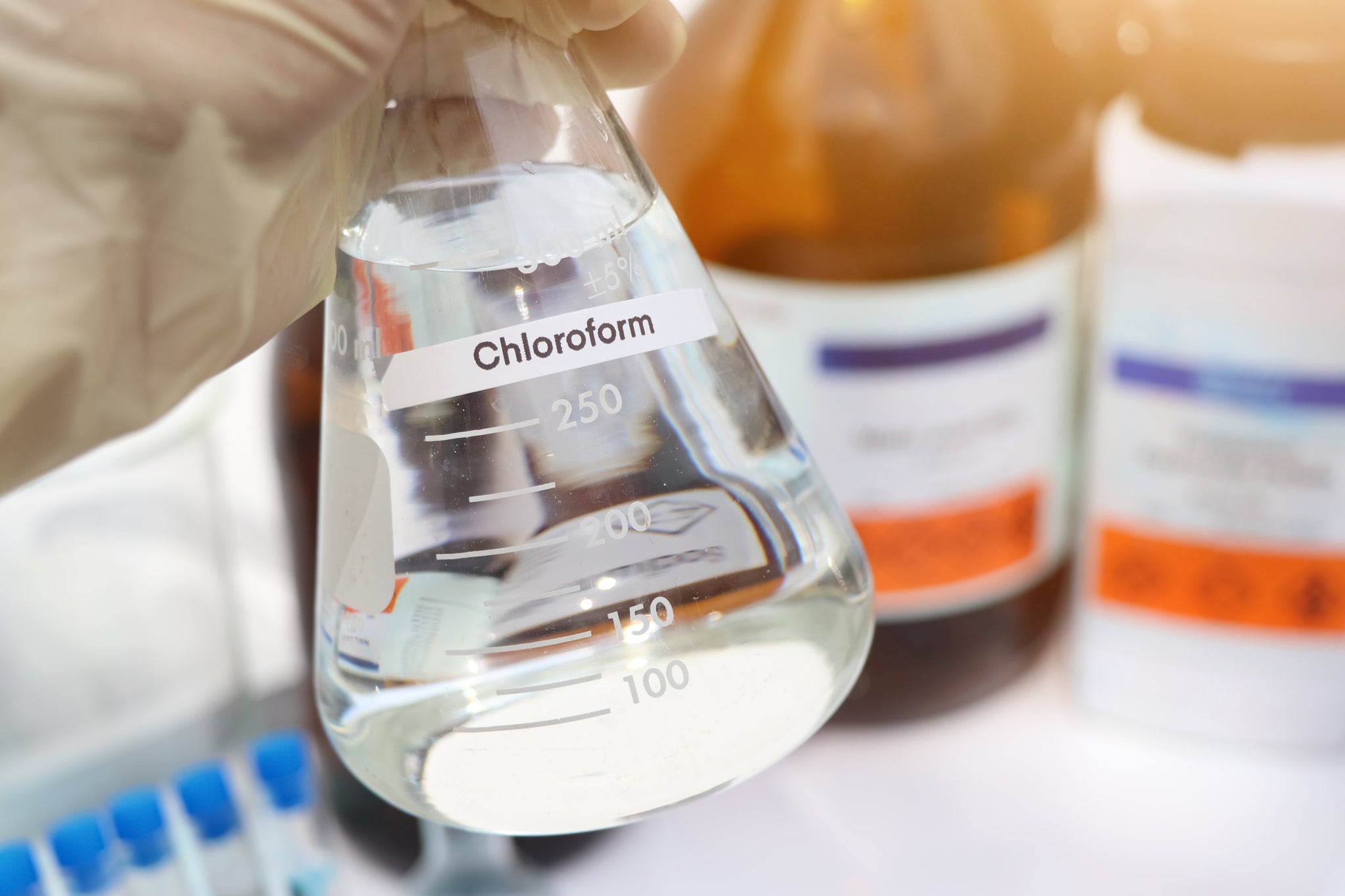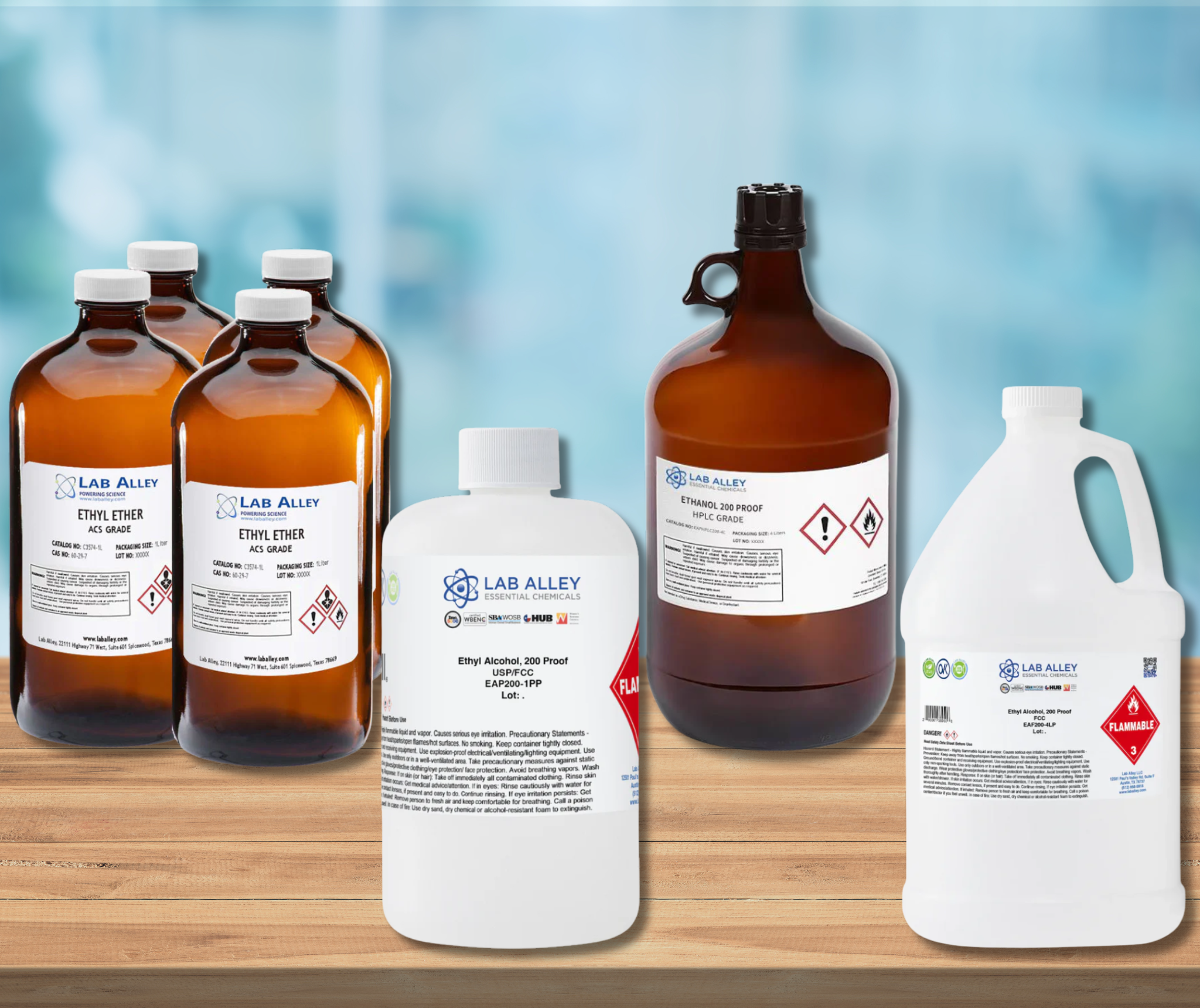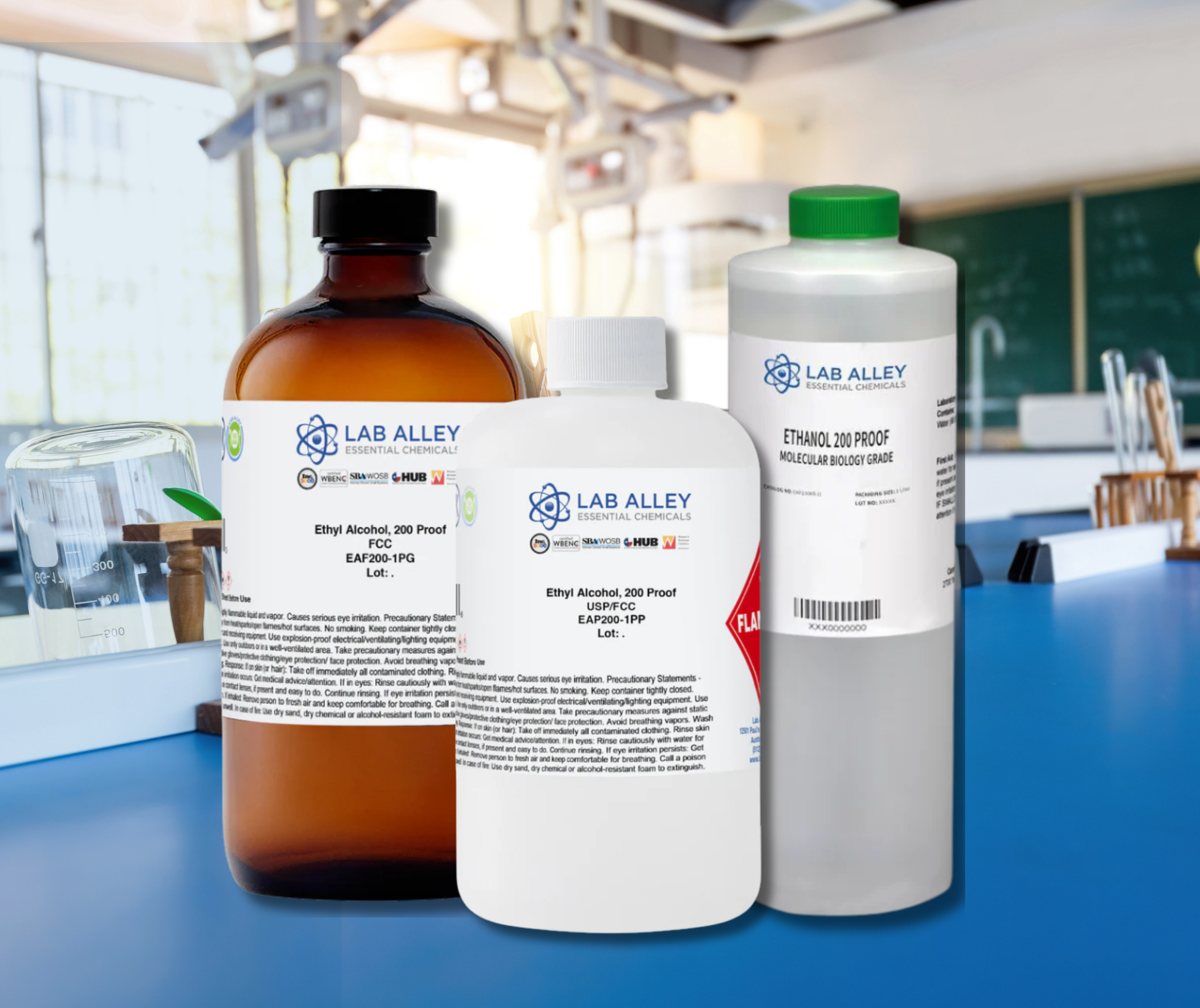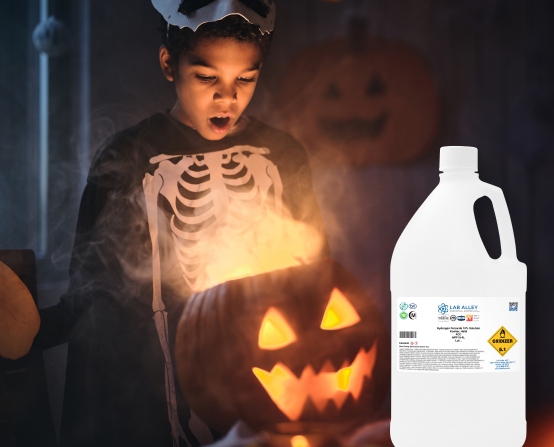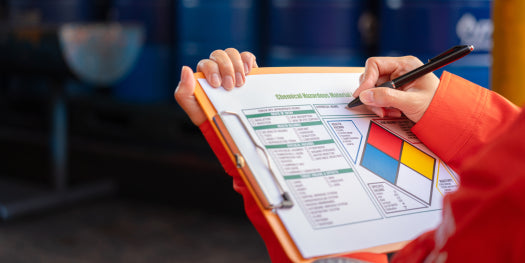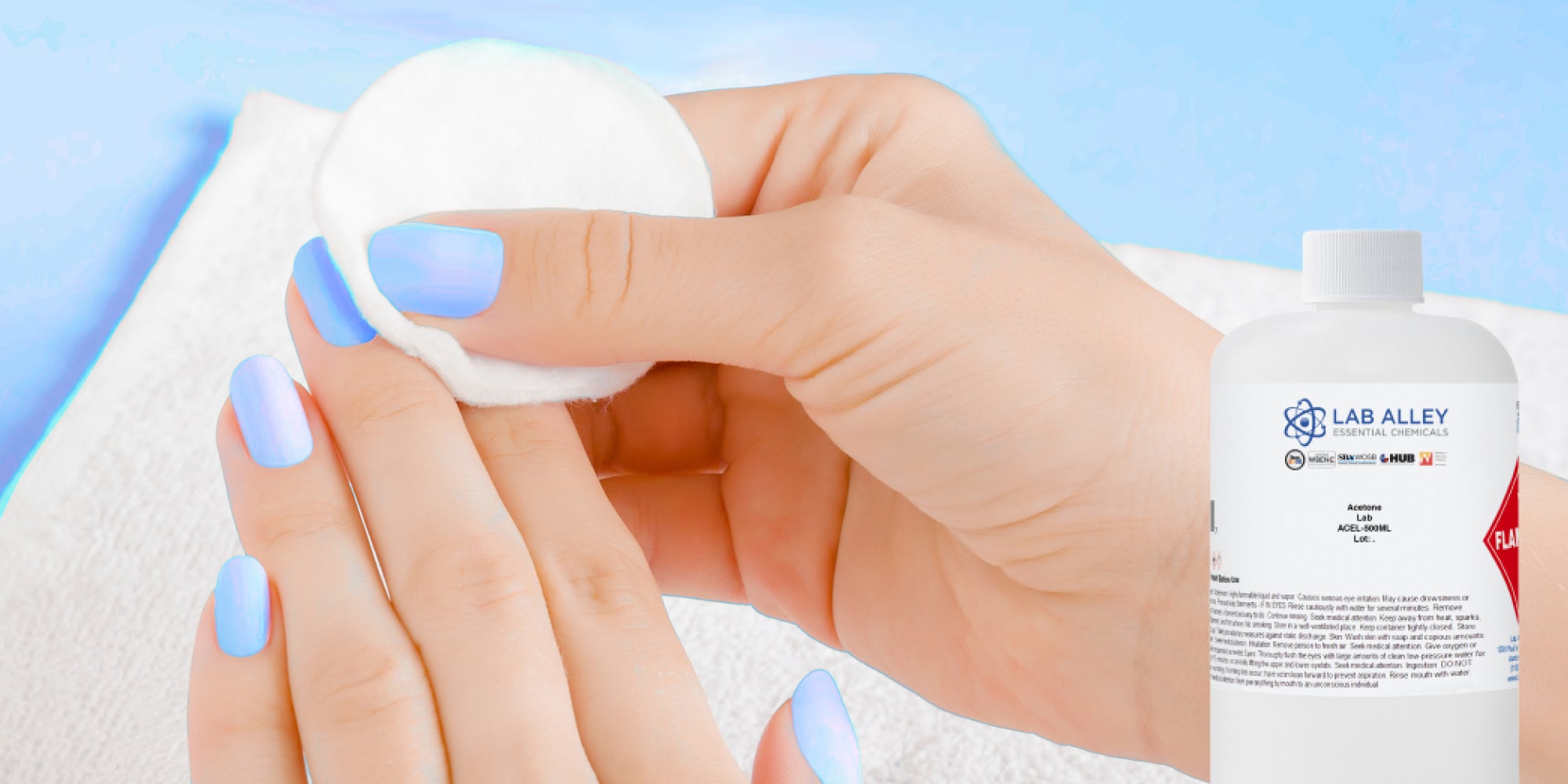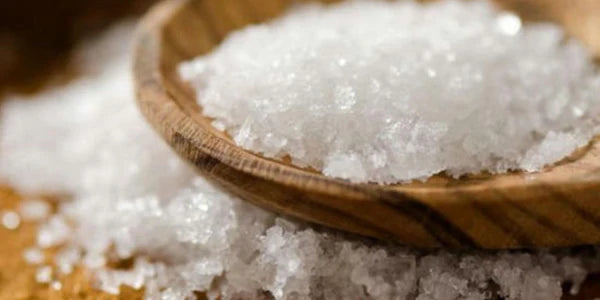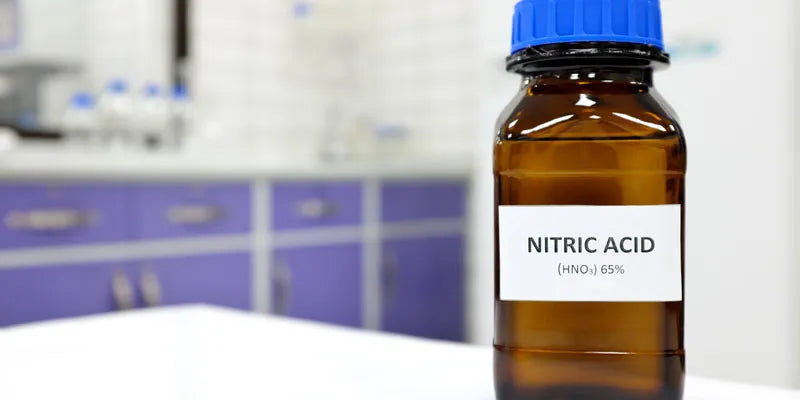Uses & Benefits
One of the most adaptable alpha-hydroxy acids (AHAs) available is glycolic acid, a potent ingredient with a variety of uses. It can work well in a variety of industries thanks to its special chemical characteristics, which include small molecular size, high solubility, and strong acidity.
Glycolic acid is frequently used as a cleaning and descaling agent in industrial settings, especially to remove mineral buildup, rust, and scale from metal surfaces. In order to improve cleaning and adhesion in finishing operations, it is also valued in metal surface treatment processes.
Glycolic acid is used as an analytical reagent in a variety of production and experimental procedures, as well as for pH control and chemical synthesis in scientific and laboratory settings.
Glycolic acid is most commonly used in household and consumer goods. A mainstay of skincare regimens, it accelerates cell turnover in chemical peels, exfoliants, and anti-aging treatments to promote smoother, more radiant skin. Because of its capacity to efficiently penetrate and alter surfaces, it is also used in hair care products and textile dyeing procedures.
Glycolic acid has specialized uses outside of the general public, such as in pharmaceuticals (especially for dermatological treatments) and cosmetics (where it is a crucial component of sophisticated anti-aging formulas). It even contributes to agriculture by adjusting the pH of soil treatments, which enhances soil balance and nutrient absorption.
We are pleased to provide cosmetic-grade glycolic acid at Lab Alley, which is perfect for use in clean beauty products, professional skincare formulations, and personal care products. Lab Alley offers the purity, quality, and quick 1-2 day shipping you can rely on, whether you're creating a high-performance exfoliant or looking for a trustworthy reagent for industrial use.
Safety Information
Cosmetic-grade glycolic acid is just one of the many chemicals we handle, package, and ship with pride at Lab Alley. We urge all customers to adhere to appropriate safety procedures and best practices after the product is delivered because our dedication to safety goes beyond the boundaries of our warehouse. Although glycolic acid is a very useful and effective substance, it must be used carefully, just like many other chemical agents.
Hazards & Precautions
Because it is a corrosive substance, glycolic acid can burn skin, irritate eyes, and cause respiratory problems if it is handled incorrectly or inhaled. Consuming glycolic acid is also dangerous and must be avoided at all costs. Always read the Safety Data Sheet (SDS) that comes with every order, and take all the suggested safety measures.
Personal Protective Equipment (PPE)
When working with glycolic acid, proper personal protective equipment (PPE) is essential:
- Chemical-resistant gloves to protect the hands from corrosive exposure
- Safety goggles or a face shield to prevent eye contact
- Protective clothing or a lab coat to shield the skin
- Adequate ventilation - such as working under a chemical fume hood, to reduce inhalation risk
These precautions help ensure safe handling in both lab and industrial environments.
Storage Guidelines
Glycolic acid should be kept out of the way of strong bases and oxidizing agents that could cause a chemical reaction in order to preserve its stability and integrity. When not in use, containers must be kept tightly sealed to avoid evaporation and contamination.
Spill & Disposal Procedures
If there is a spill, neutralize the glycolic acid with a mild base, like sodium bicarbonate, and use an appropriate material to absorb the neutralized solution. Never pour concentrated glycolic acid down the drain without first properly neutralizing it, and always dispose of waste materials in compliance with local, state, and federal regulations.

Pictured Above Are 5 Bottles Of Medicinal Oils Derived From Plants
You can order food grade ethanol, extraction grade ethanol, ACS grade ethanol, FCC grade ethanol, USP grade ethanol, HPLC grade ethanol and kosher ethanol from Lab Alley. Perform ethanol (EtOH) extraction at ultra-low temperatures for the best yields.
Ethanol extraction is a cost-effective way to use ethanol as an industrial solvent to produce high quality botanical extracts from large volumes of medicinal herbs or plants.
Pictured Above Are 5 Bottles Of Medicinal Oils Derived From Plants
Extraction grade ethanol (food grade ethanol) is a term of classification for ethanol that is suitable for all food, beverage, medicinal and nutritional supplement applications in which the product, or derivatives of the product, come into contact with humans.
FAQs
Sources
- SD Alcohol 39-C – Cosmetics Info
- Hand Sanitizer Use Out and About – https://www.cdc.gov/handwashing/hand-sanitizer-use.html
- About Cleaning Product Ingredients | The American Cleaning Institute (ACI)
- CFR – Code of Federal Regulations Title 21 (fda.gov)
- Alternative Fuels Data Center: Ethanol Fuel Basics (energy.gov)
- CFR – Code of Federal Regulations Title 21 (fda.gov)
- TTBGov – dbmenu8sub1
Related Products
Glycolic Acid From Lab Alley
Ordering glycolic acid from Lab Alley is fast, simple, and reliable - any time you need it. Whether you prefer to order online or over the phone, we make the process hassle-free.
With on-time delivery, responsive customer support, and access to our on-site chemist for expert guidance, Lab Alley ensures you get the right product and answers - when you need them most.
See Glycolic Acid ProductsUsing Disinfectant Products Safely
Disinfectant products can effectively reduce germs that can make us sick. However, it’s important to know how to use these products safely to prevent accidental poisonings and other serious injuries.
Read ArticlePersonal Protective Equipment and Chemistry
The outbreak of COVID-19, which has been declared a pandemic by the World Health Organization (WHO), has highlighted the vital role of personal protective equipment (PPE) in healthcare settings.
Read Article






